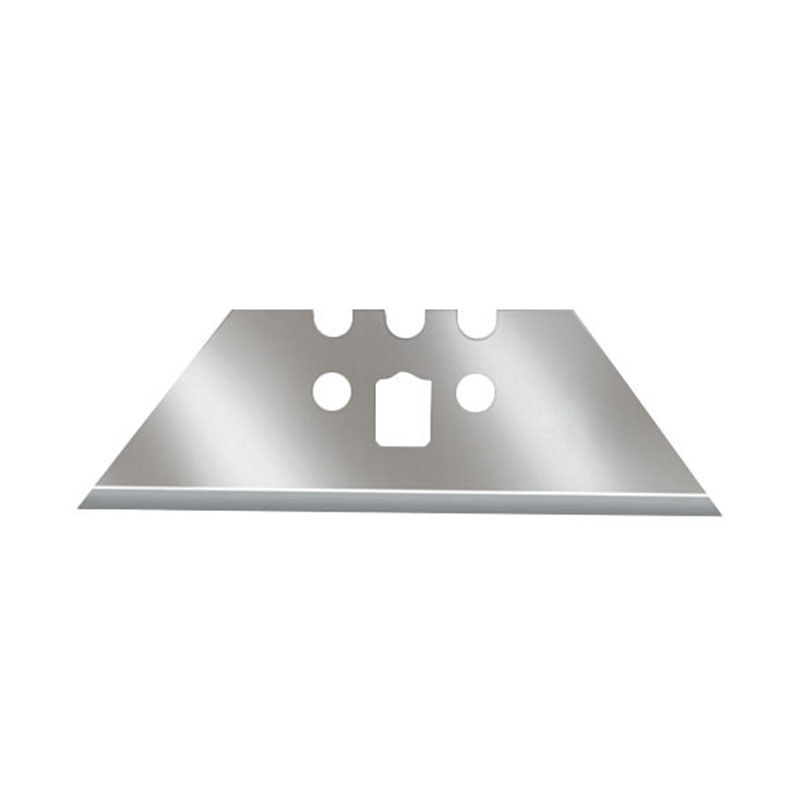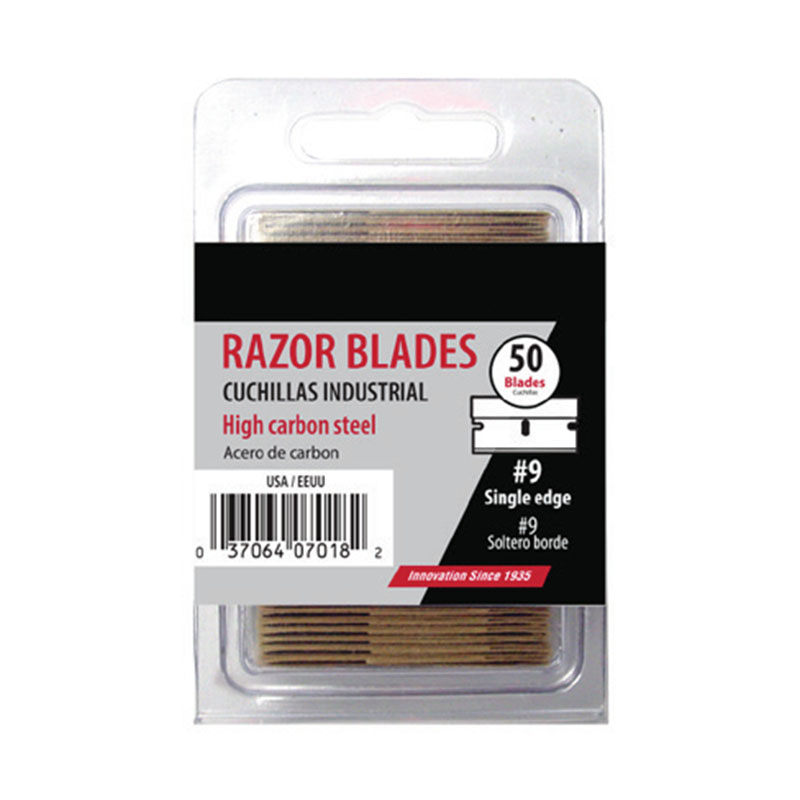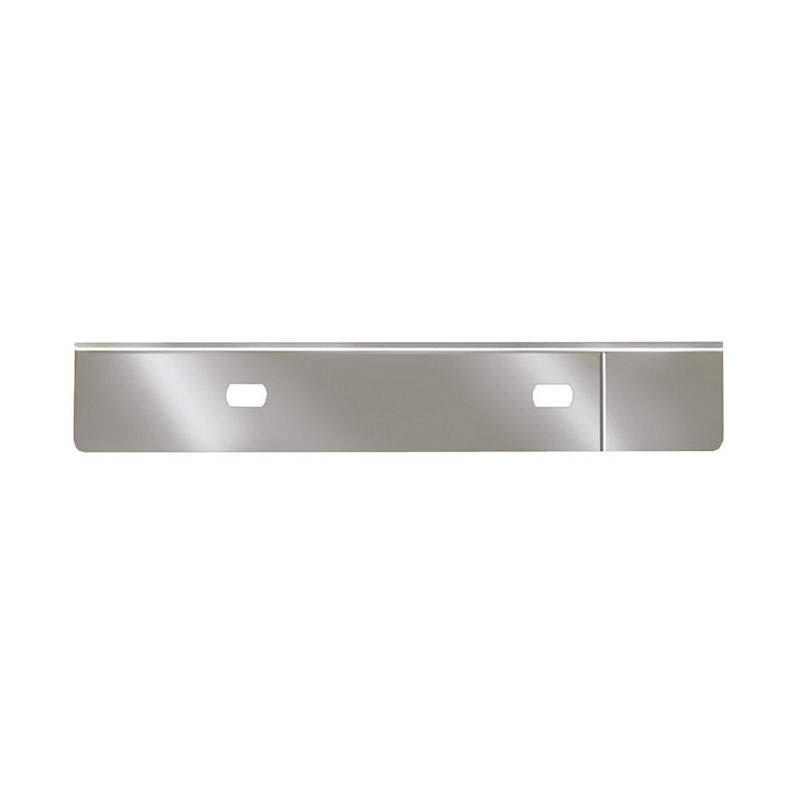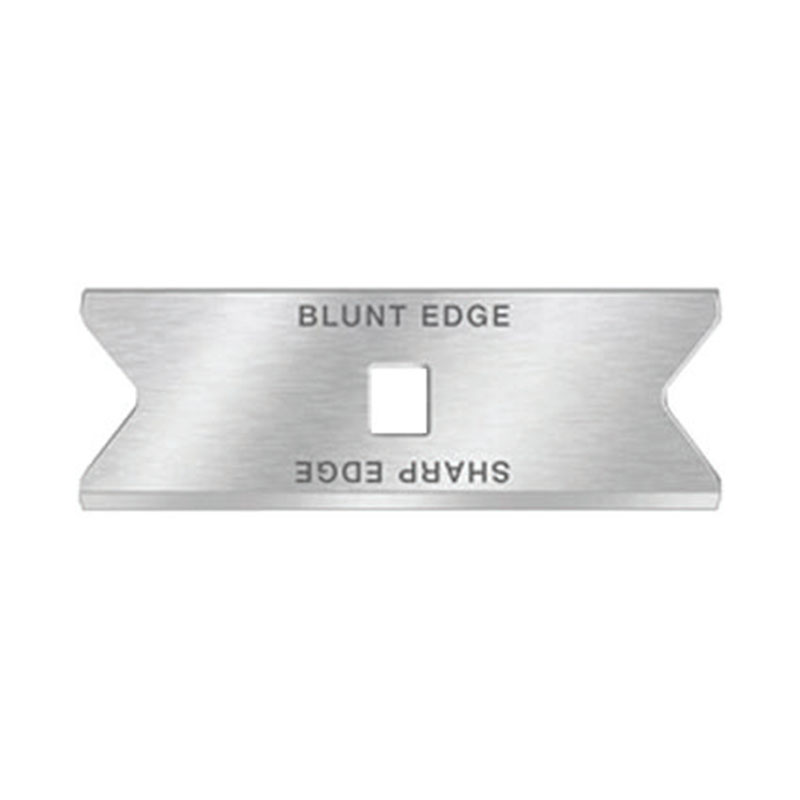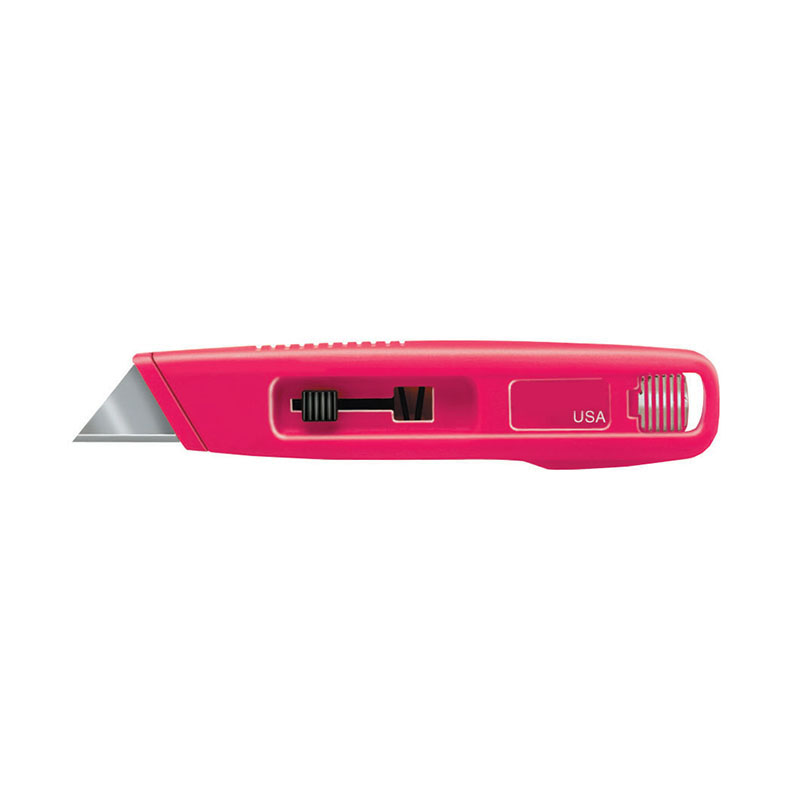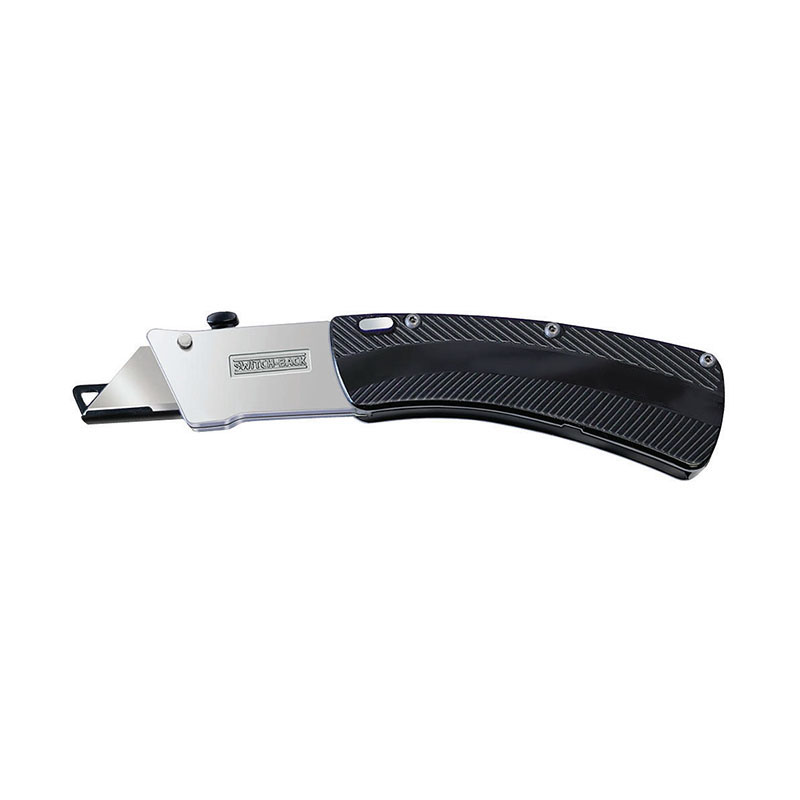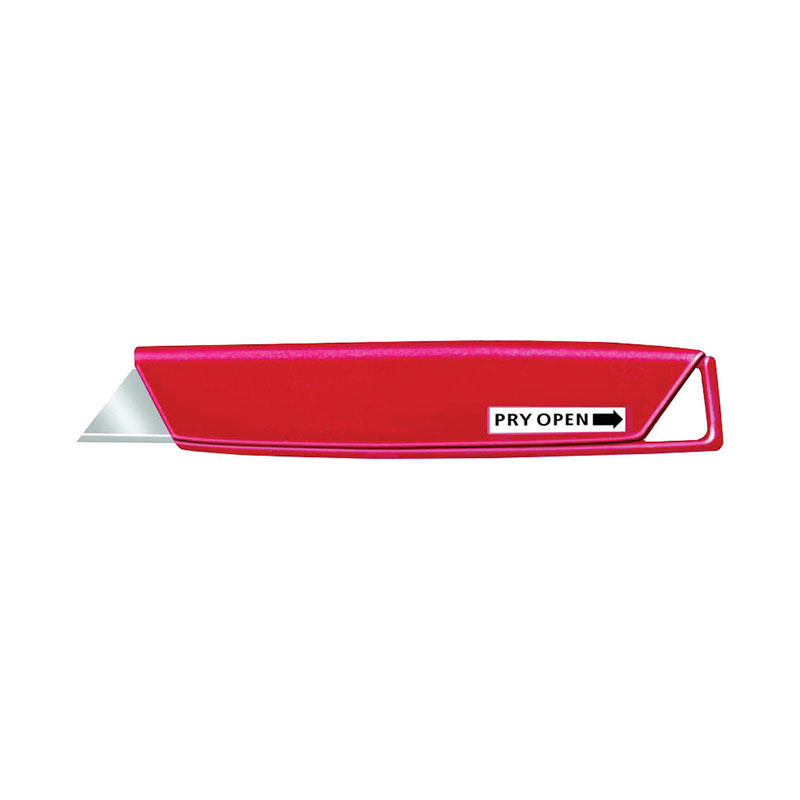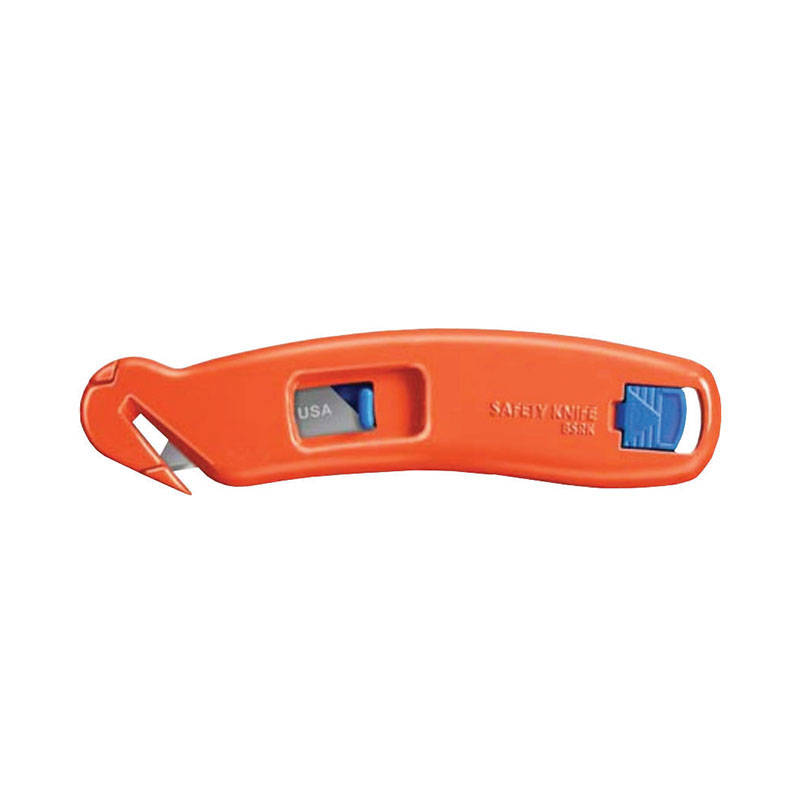- Home
- About
- Products
- Steel Wire Brush With Wooden Handle
- Brass Brush
- Steel Wire Brush With Plastic Handle
- Painting Tools
- Floor Brush And Scrubber Brush
- Painting Brush
- Patented Products
- Industrial Gloves
- Architectural Paint Brush Tool
- Knives & Blades
- Scrapers & Blades
- Putty & Joint Knives
- Taping Knives
- Drywall Repair
- Wallpaper / Flooring / Masonry
- Industrial Brushes
- Paint Accessories
- Other Hardware Tools
- Service
- Blogs
- Contact
Web Menu
- Home
- About
- Products
- Steel Wire Brush With Wooden Handle
- Brass Brush
- Steel Wire Brush With Plastic Handle
- Painting Tools
- Floor Brush And Scrubber Brush
- Painting Brush
- Patented Products
- Industrial Gloves
- Architectural Paint Brush Tool
- Knives & Blades
- Scrapers & Blades
- Putty & Joint Knives
- Taping Knives
- Drywall Repair
- Wallpaper / Flooring / Masonry
- Industrial Brushes
- Paint Accessories
- Other Hardware Tools
- Service
- Blogs
- Contact
Product Search
Exit Menu
Painting Tools: Functions, Selection and Innovation
The Painting Tools industry remains a key part of the global construction, renovation, and decorative sectors.
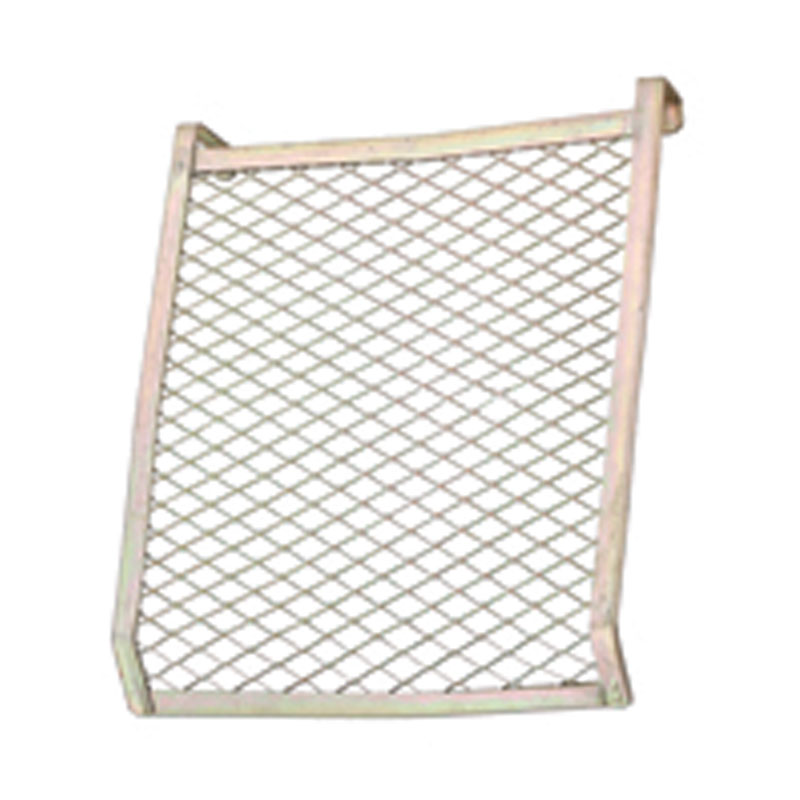
Core Functions and Common Use Cases
Painting tools perform several essential roles throughout a project. Before painting begins, scrapers, putty knives, and sanding blocks help remove old coatings, fill cracks, and smooth uneven surfaces. During application, brushes and rollers ensure even coverage, while sprayers deliver faster performance across large areas. Masking tapes, paint trays, and mixers also play crucial supporting roles, allowing users to control edges, prepare mixtures, and reduce waste.
Professional painters often rely on specialized tools to handle different textures, while DIY users seek easy-to-use options that improve accuracy and save time. The variety of painting tools available today ensures that each task—from detailed brushwork to broad surface coverage—can be completed efficiently and cleanly.
Key Selection Criteria for Painting Tools
Choosing the right painting tools can greatly affect the outcome of any project. Material quality and durability are primary considerations. For instance, brushes made from synthetic bristles provide smooth strokes for water-based paints, while natural bristles are preferred for oil-based finishes. Rollers covered in microfiber or foam offer better paint absorption and uniform results.
Comfort and design also play a major role in selection. Ergonomic handles reduce strain during extended use and improve precision. Anti-slip grips and balanced weight distribution contribute to better control, especially during intricate or elevated work. Compatibility is another factor: the good tools are those that adapt to different paint types and surfaces, offering flexibility for both residential and commercial needs. Matching tool design to the scale of the project—such as using mini rollers for corners or wide brushes for ceilings—can further enhance performance and reduce time spent on corrections.
Maintenance and Common Mistakes
Proper maintenance ensures that painting tools remain in good condition and continue to deliver professional results. After each use, brushes and rollers should be thoroughly cleaned to prevent paint from drying and hardening. Storing them in a dry, well-ventilated area helps avoid rust or deformation.
One common mistake is applying too much pressure when painting, which can leave streaks or uneven layers. Instead, steady and consistent movements help achieve a smoother finish. Another frequent issue is mixing tools across different types of paint, which can damage materials or alter paint texture. Regular inspection and gentle cleaning extend the lifespan of every tool while keeping performance consistent over time.
Innovation and Future Directions
Manufacturers continue to innovate to meet modern demands for sustainability and efficiency. Eco-friendly materials are gaining popularity, including recyclable plastics and low-VOC components that reduce environmental impact. Multi-functional designs, such as interchangeable roller heads and adjustable brushes, allow professionals to switch tasks without replacing tools entirely.
Ergonomic improvements remain a strong focus, ensuring better grip, reduced fatigue, and higher precision. Some developments even explore smart features—digital thickness sensors or precision nozzles—to bring more accuracy to paint application. These innovations represent the evolution of painting tools toward greater user convenience and environmental responsibility.
Conclusion
The Painting Tools industry continues to shape how professionals and homeowners approach surface finishing, combining functionality, comfort, and sustainable design. Understanding how to choose, maintain, and apply each tool effectively ensures lasting results and consistent quality across all types of projects.
-
 +86-13906791151
+86-13906791151
-
 sales@sanjiantools.com
sales@sanjiantools.com
-
 No.1 Xinggong Road, Huangzhai Town, Pujiang County, Zhejiang Province, China
No.1 Xinggong Road, Huangzhai Town, Pujiang County, Zhejiang Province, China


Client
Copyright © Zhejiang Pujiang Sanjian Tools Co., Ltd. All Rights  浙公网安备33072602100309号
Reserved.
浙公网安备33072602100309号
Reserved.

Construction Paint Tools Factory
 sales@sanjiantools.com
sales@sanjiantools.com 

 中文简体
中文简体 Deutsch
Deutsch Español
Español